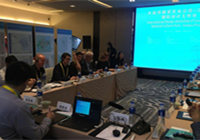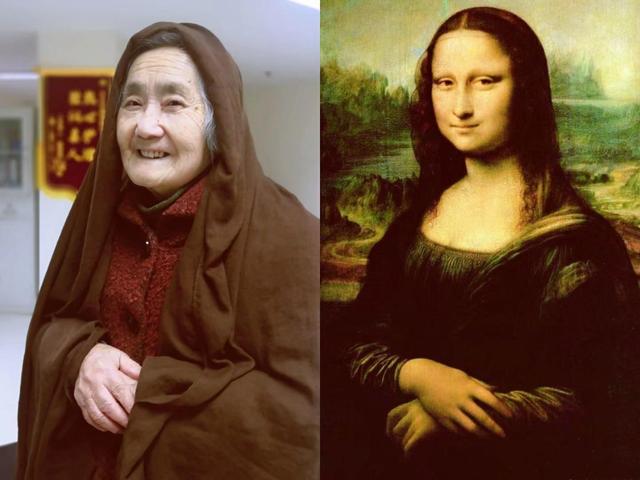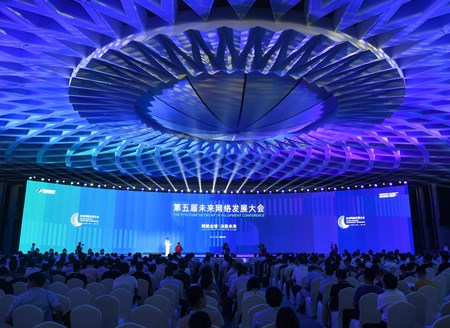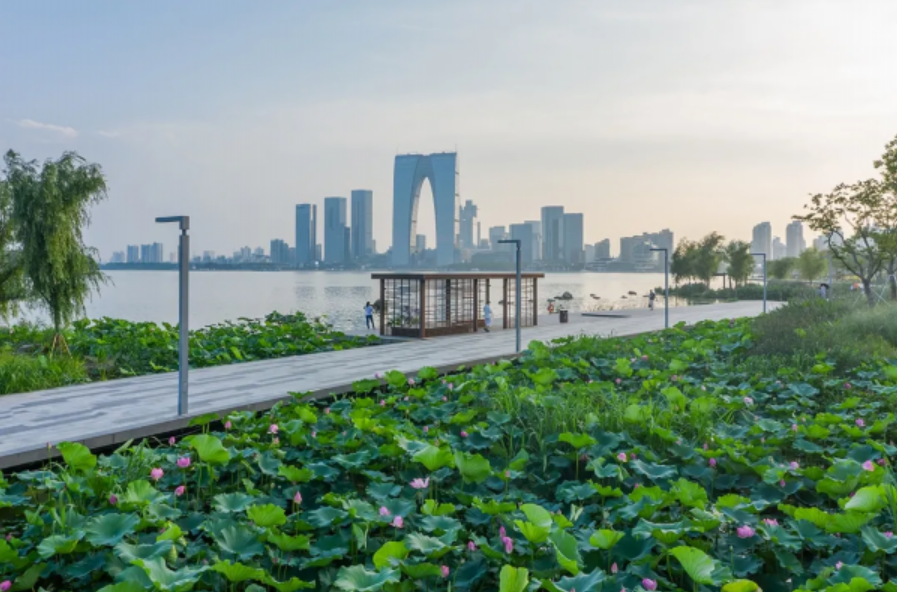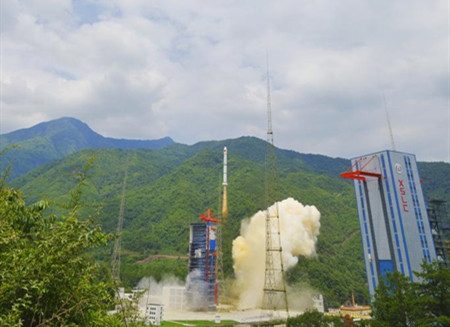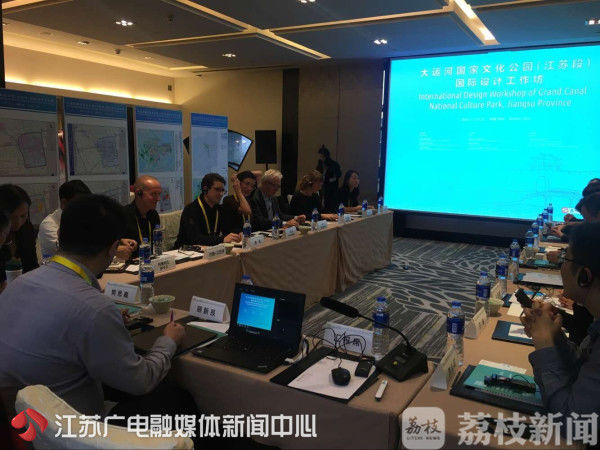
The International Design Workshop of the Grand Canal National Culture Park Jiangsu Section was closed Wednesday in Suzhou. Planning and design experts from all over the world launched a brainstorm and released the Suzhou Consensus to contribute to the design and construction of the Grand Canal National Cultural Park.
The theme of the event was "protection of heritage, functional activation and improvement of space quality". During the one-week period, more than 20 planning and design experts conducted field research, public exchanges, research discussions and planning and design around the 1.5-square-kilometer section from Pangumen Gate to Shantang Street.
Experts suggest that the new economic, social and cultural functions of the Canal should be re-established so that the Grand Canal cultural heritage will come to life.
At the closing ceremony, the Suzhou Consensus was released on the construction of the Grand Canal National Cultural Park Jiangsu section. The consensus is that China’s Grand Canal is a world cultural heritage with important historical, artistic and technological value, and promoting by the way of national cultural parks is innovative for the inheritance and utilization of the protection of the canal. It is necessary to fully absorb the local cultural genes, maintain the locality of culture, pay attention to the scientific nature of protection, the integration of inheritance and the sharing of utilization, so that the canal culture can be integrated into people's daily life for the enhancement of the sustainable development of the areas along the Grand Canal.
The Grand Canal is a vast waterway system in the north-eastern and central-eastern plains of China, running from Beijing in the north to Zhejiang province in the south. It has played an important role in ensuring the country’s economic prosperity and stability and is still in use today as a major means of communication. The Grand Canal, spanning over 2,000 kilometers between Beijing and Hangzhou, was listed as a UNESCO World Heritage site in 2014.
(source:ourjiangsu.com)
